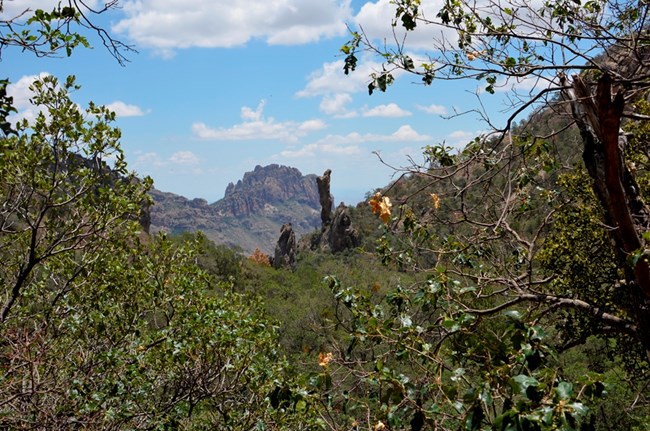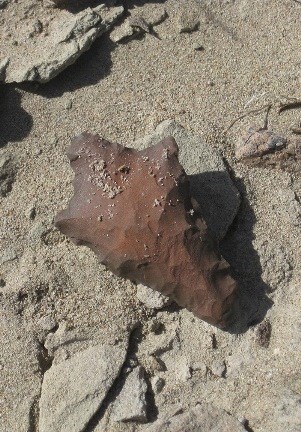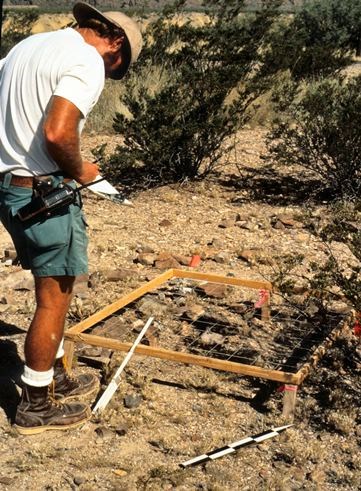
NPS Photo/Cookie Ballou Late Paleo-Indian Period (ca. 8000–6500 BCE)

NPS Photo /Jennette Jurado Archaic Period (ca. 6500 BCE – CE 1000)
Prehistoric Period (ca. 1000 CE – 1535)

NPS Photo The Historic Era (1535 CE – present)
As you explore Big Bend National Park, there is a good chance that the sites and artifacts you see have never been recorded or studied. Please help the park protect these important resources by leaving them as you find them, and by reporting what you see to a park ranger. Remember, the removal of any cultural or natural object, or the disturbance of these objects from their natural state, is illegal in all national parks. Please take only photographs and leave only footprints.

Archeological Survey Report 2023 NEW 
|
Last updated: June 16, 2023
